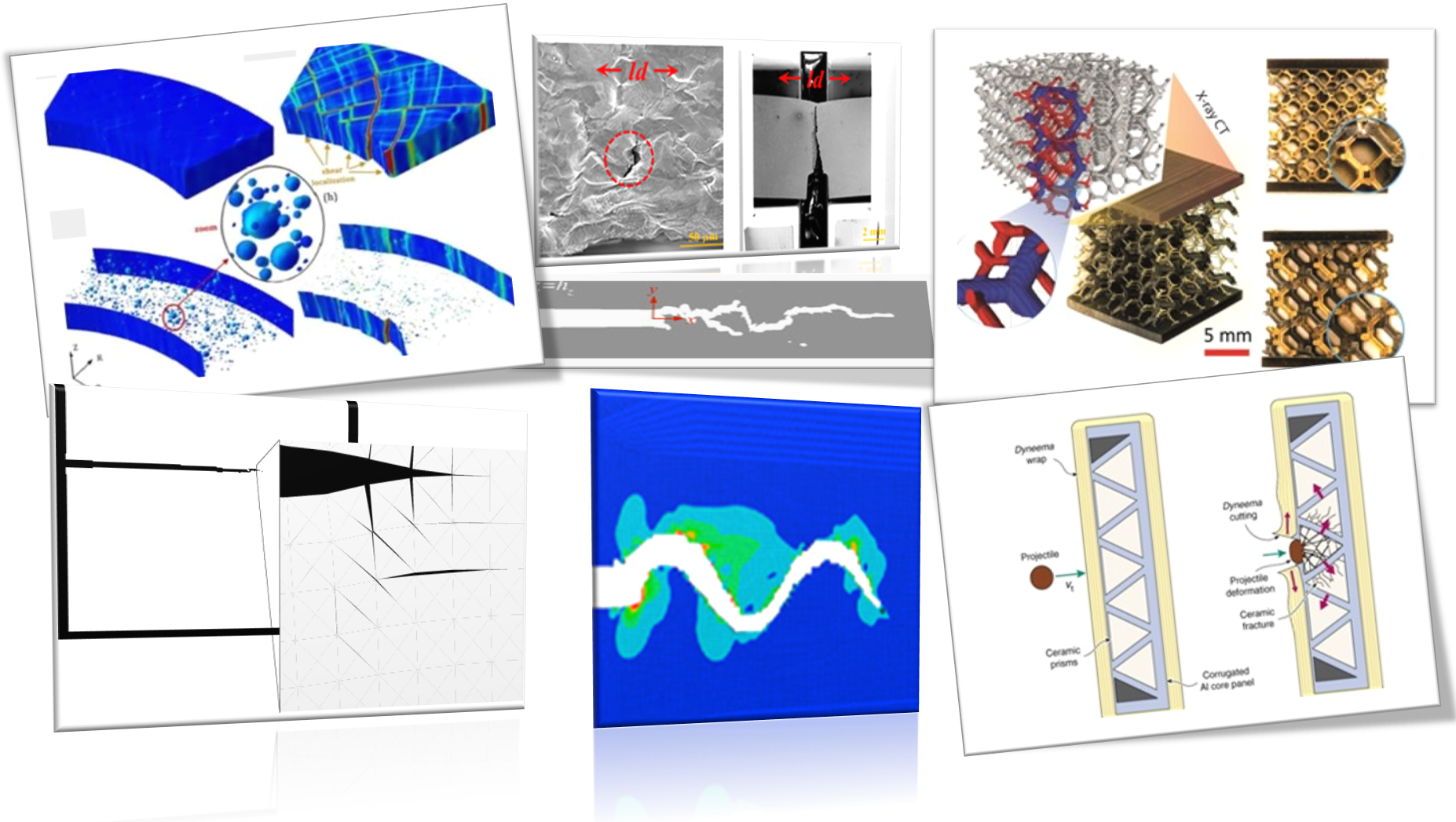Home > Events > Upcoming Symposia >

Extreme events often lead to significant deviations from the expected responses of materials and structures, challenging the traditional boundaries of materials science and structural engineering. Recognizing the multifaceted nature of catastrophic mechanical failures – spanning from instability and localization to damage accumulation and fracture – there is an imperative to gain a deeper understanding of failure dynamics and resilience under extreme conditions. These extreme events are not solely caused by extremes in loading conditions; pre-existing fluctuations in materials and structures, coupled with variations in loading conditions, can also manifest as extreme events leading to catastrophic failure. For instance, the segregation of elements within a material can trigger changes in microstructure, and microstructural defects or heterogeneities can induce sudden crack propagation or dislocation avalanches due to loading fluctuations. At the heart of this endeavor to unravel the interplay of various fluctuations leading to catastrophic extreme events lies the complex interactions among material chemistry, microstructure, structural geometry, and loading conditions. The challenge of characterizing and anticipating all fluctuations remains daunting. However, achieving a comprehensive understanding of these interactions and strategically leveraging this knowledge to enhance overall performance is theoretically achievable.
This symposium aims to deepen understanding of fluctuating fields and critical events and to explore innovative strategies for analyzing and designing materials and structures for resilience and adaptability. The main focus will be on the mechanical performance of structural materials under thermomechanical loading. The emergence of new and advanced experimental techniques, such as high-resolution 3D characterization of time-resolved events, coupled with advancements in computing techniques and capabilities, and theories, offers unprecedented avenues for studying materials’ behavior from a novel perspective. The symposium will also feature discussions on the transformative potential of machine learning, artificial intelligence, and uncertainty quantification for mechanistic discovery. The combination of new experimental techniques, theories, computing power, and large-scale multidimensional data analysis methods poses both opportunities and challenges. These advancements may shed light on fundamental and technologically relevant questions of today: Can we reliably predict catastrophic failure given detailed insights into material states and precise loading conditions? Would a statistical approach, focusing on probabilities and large ensembles of extreme failure events, be more effective in understanding catastrophic failures? As such, this symposium provides the ideal opportunity to bring together an interdisciplinary group of experts to tackle these challenges and enable a better understanding of Failure Dynamics and enhance Resilience under Extreme Events.